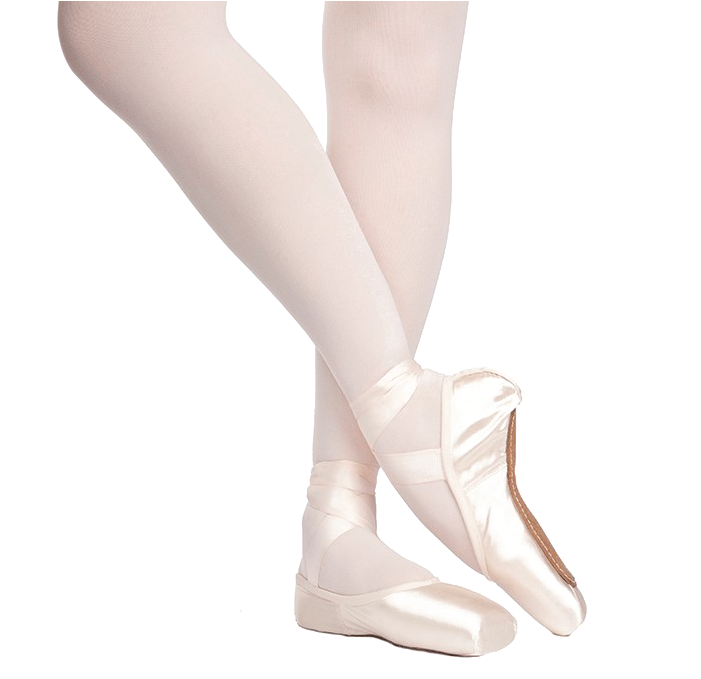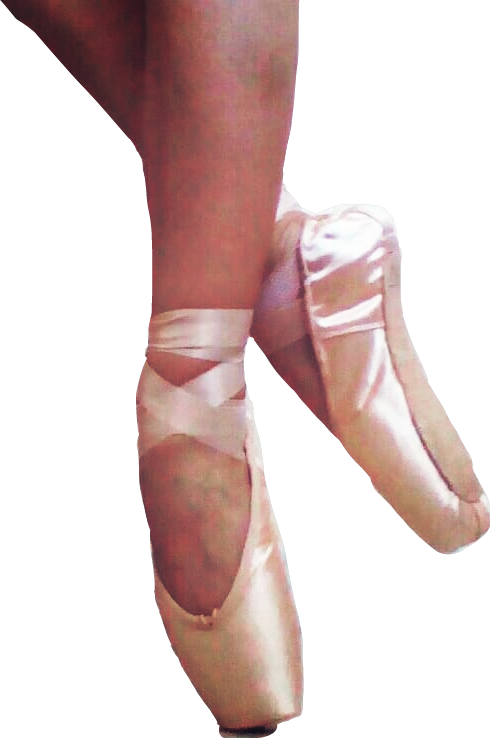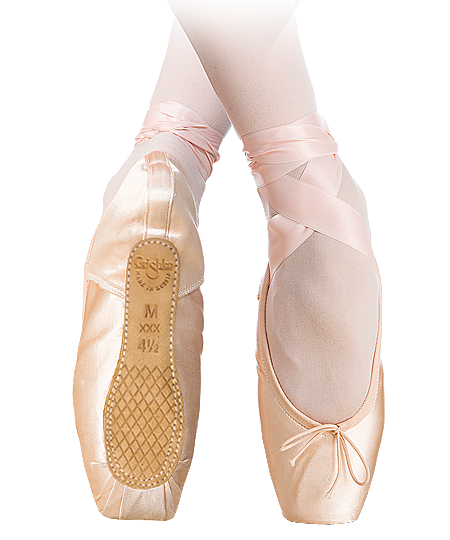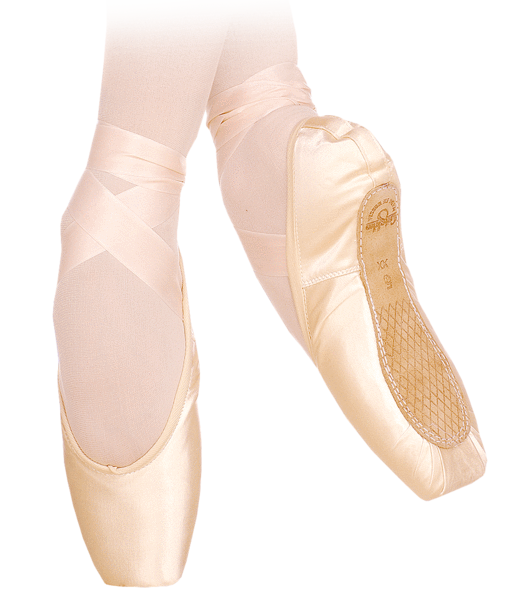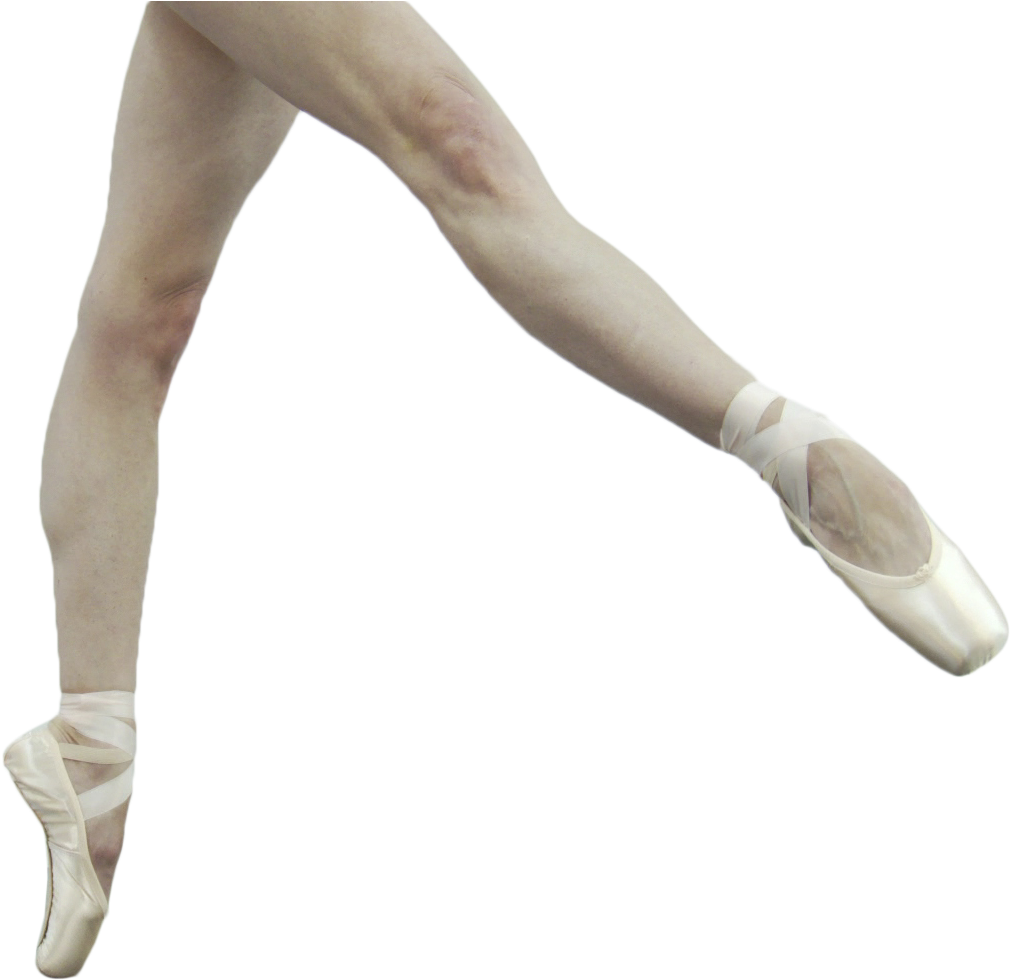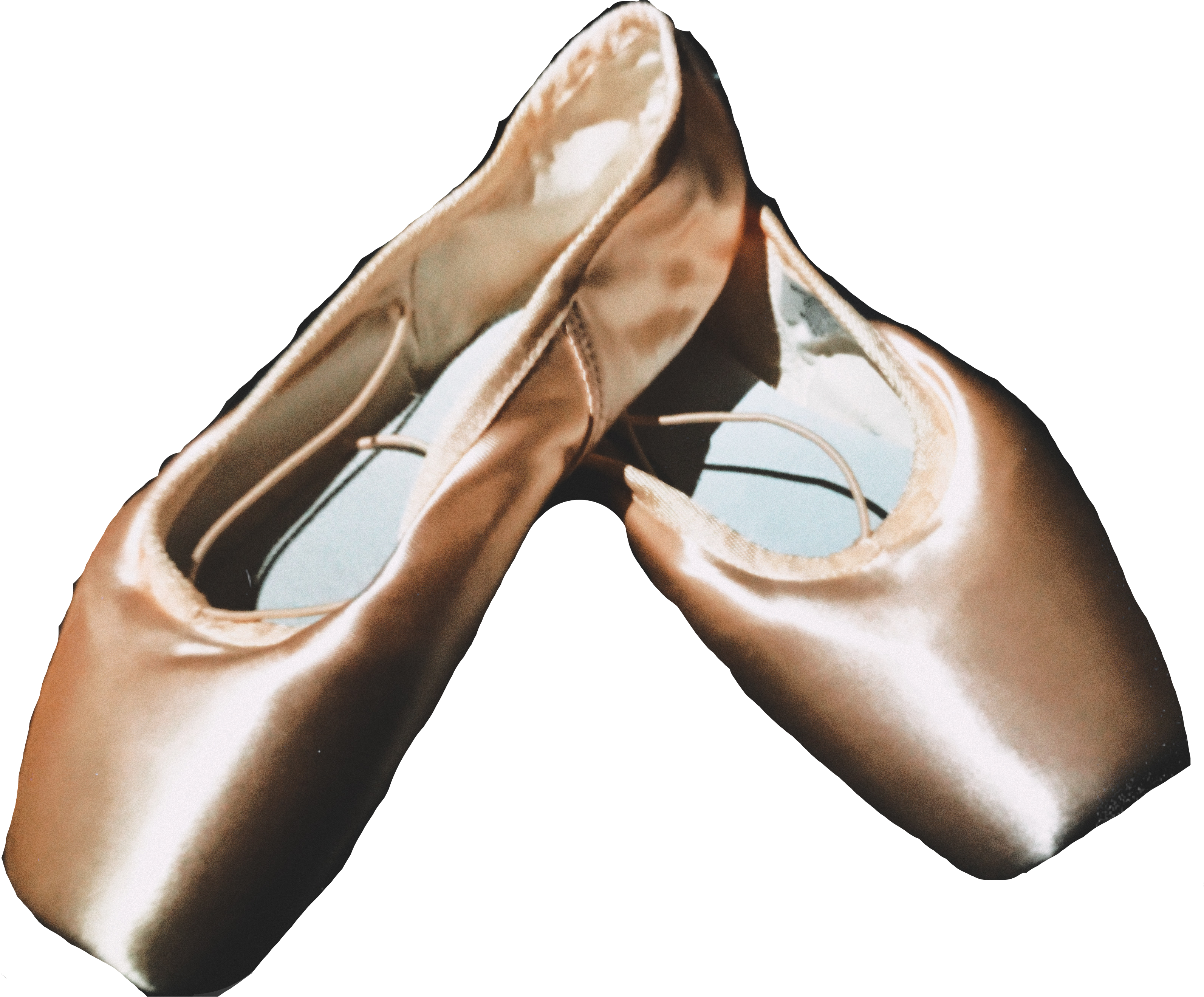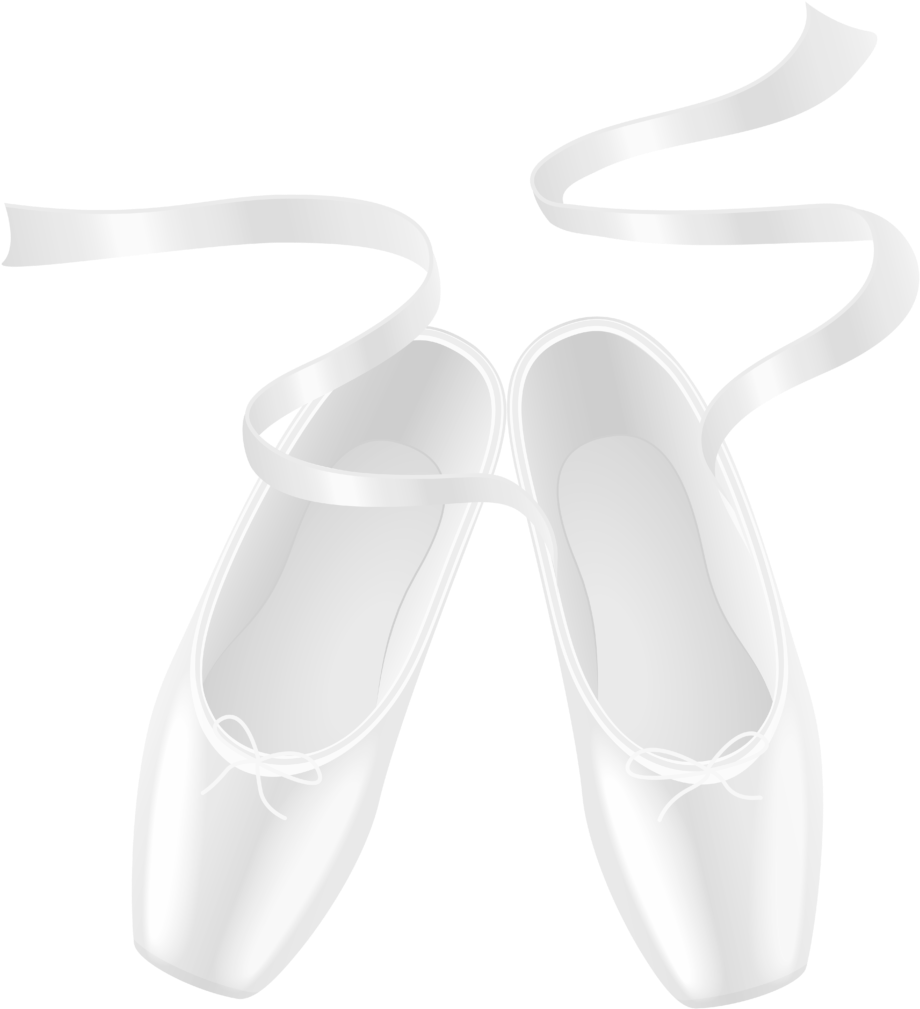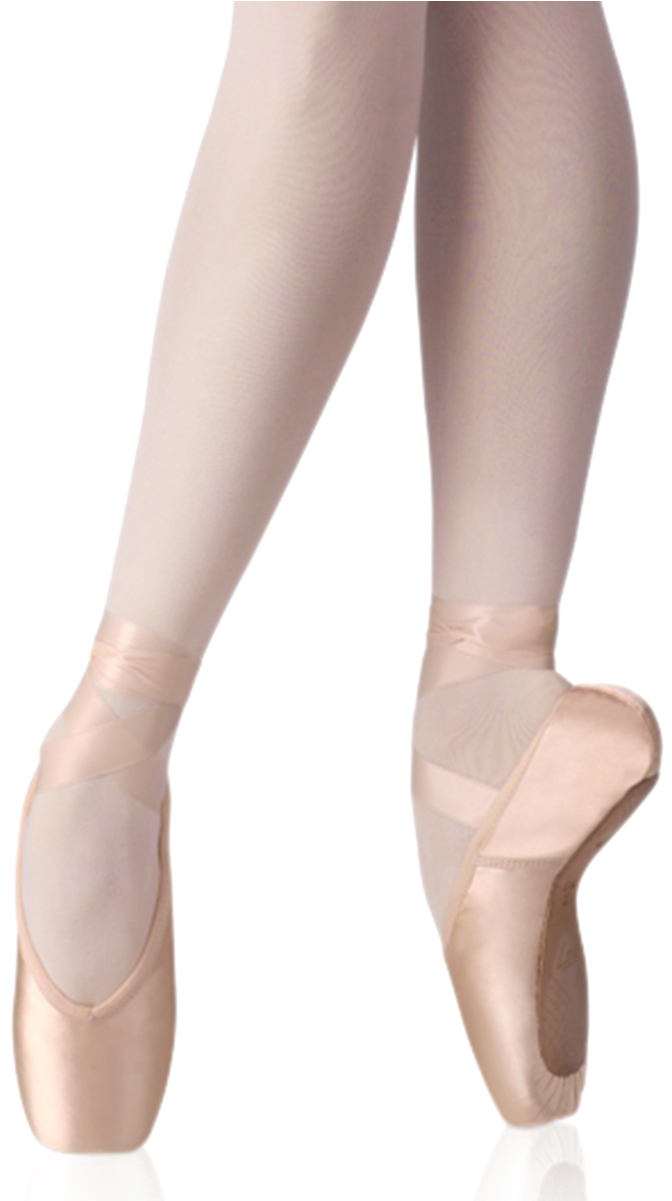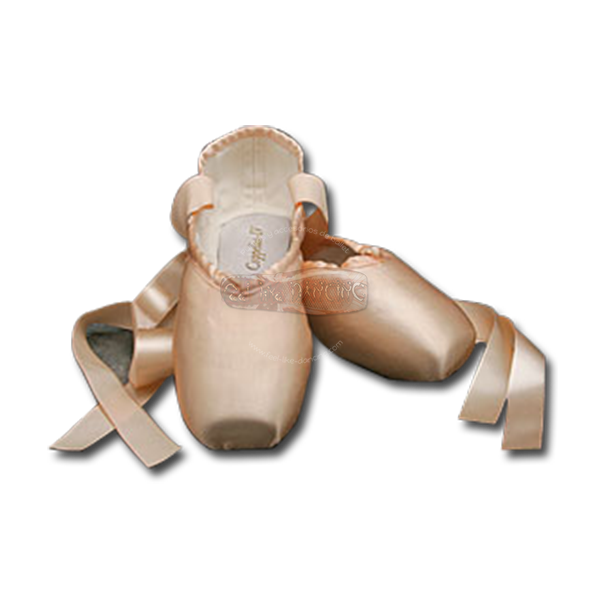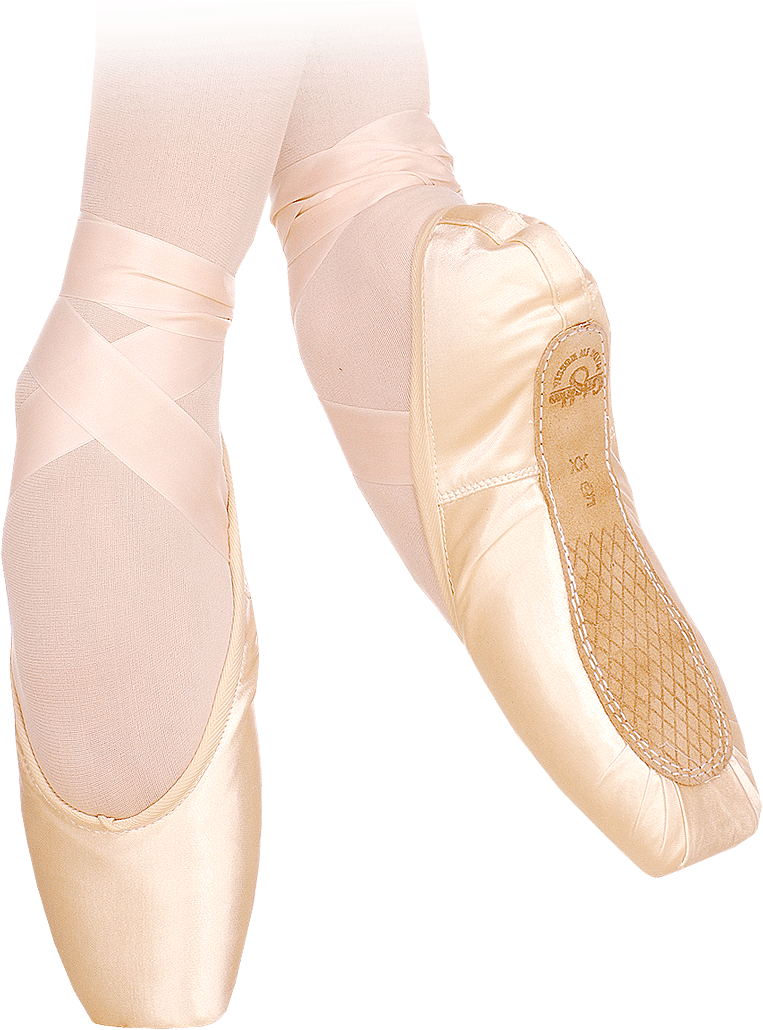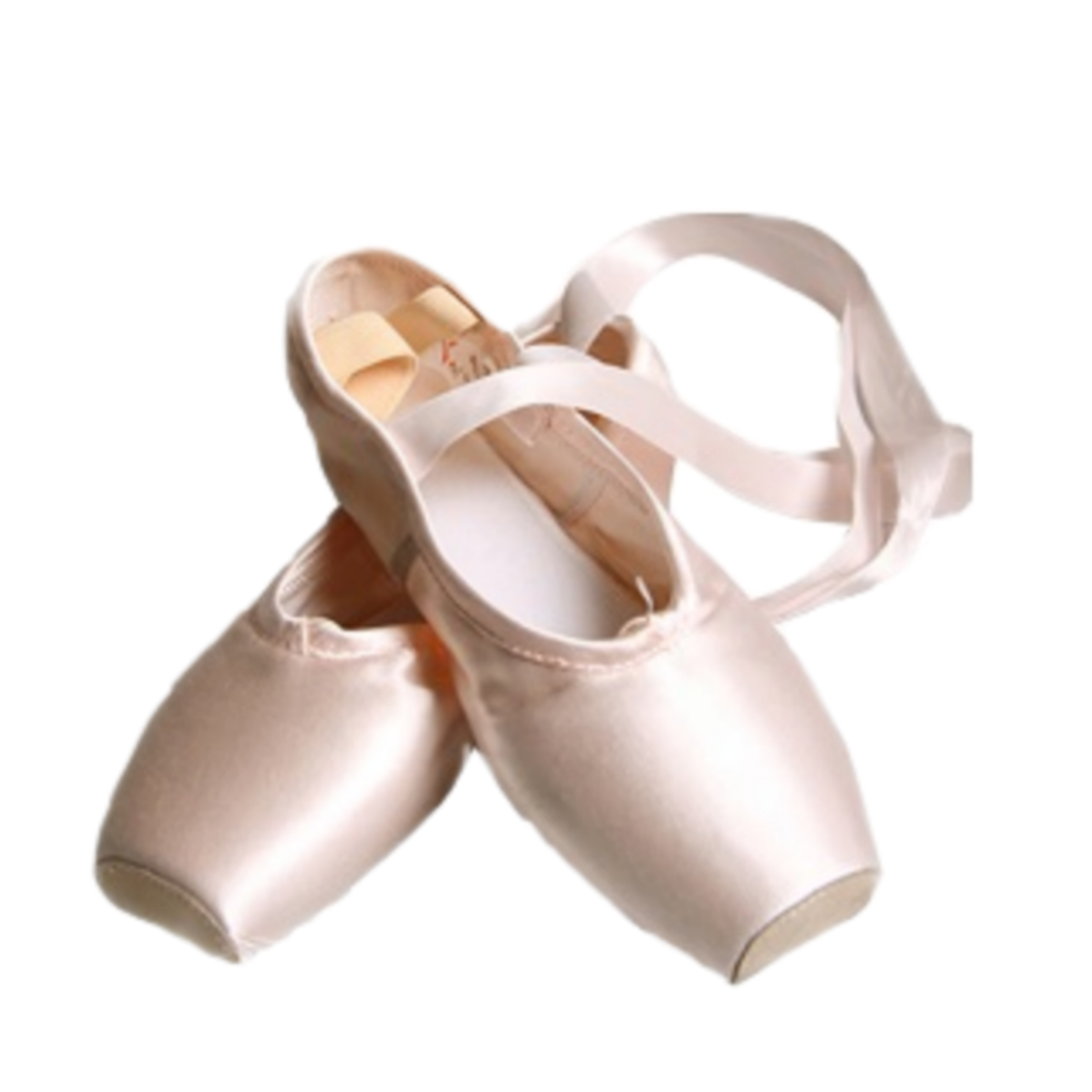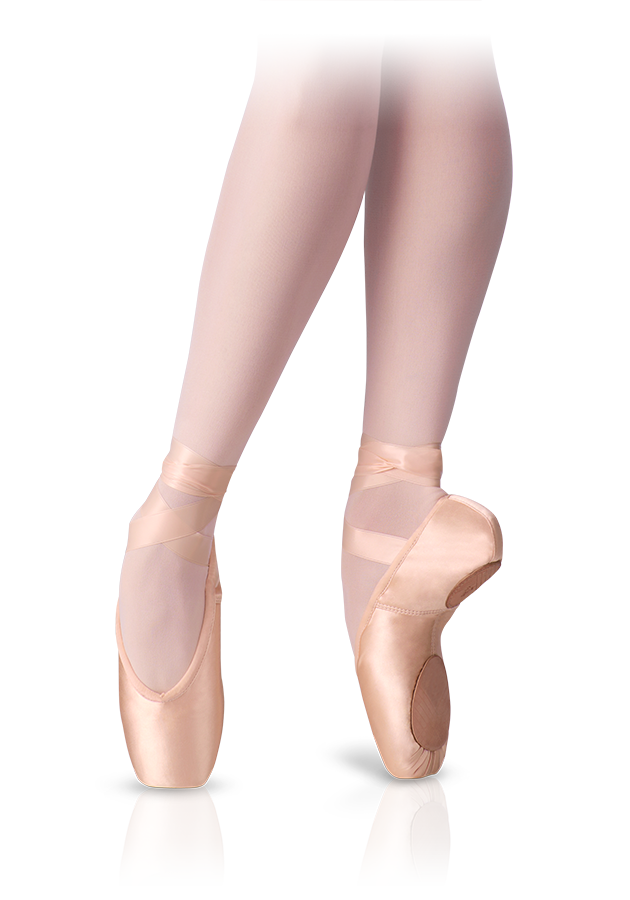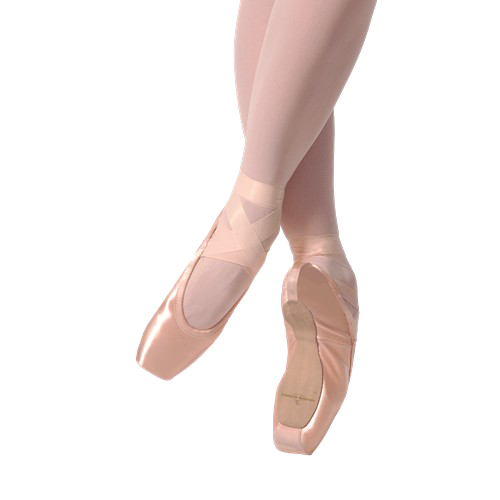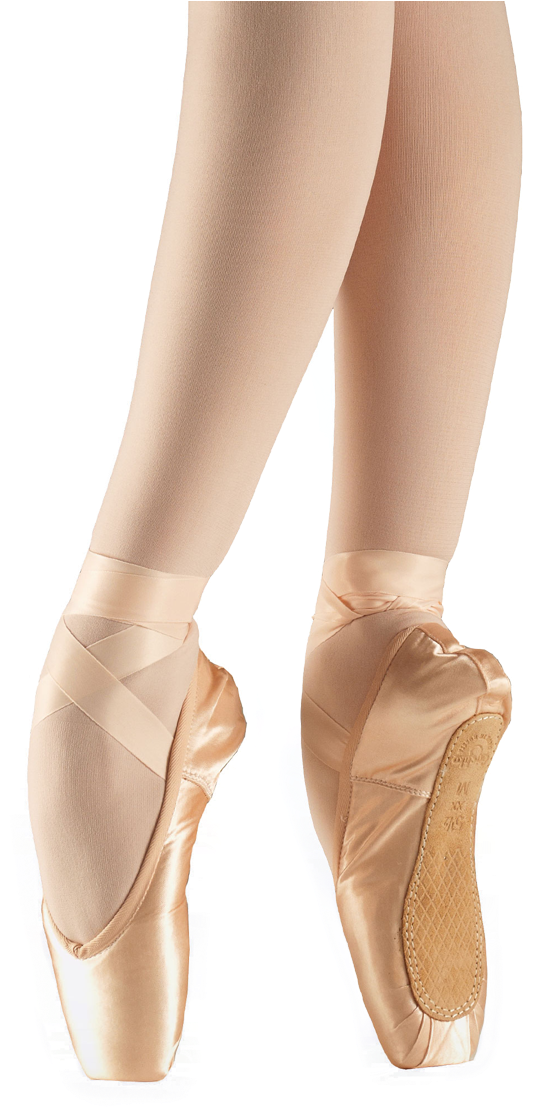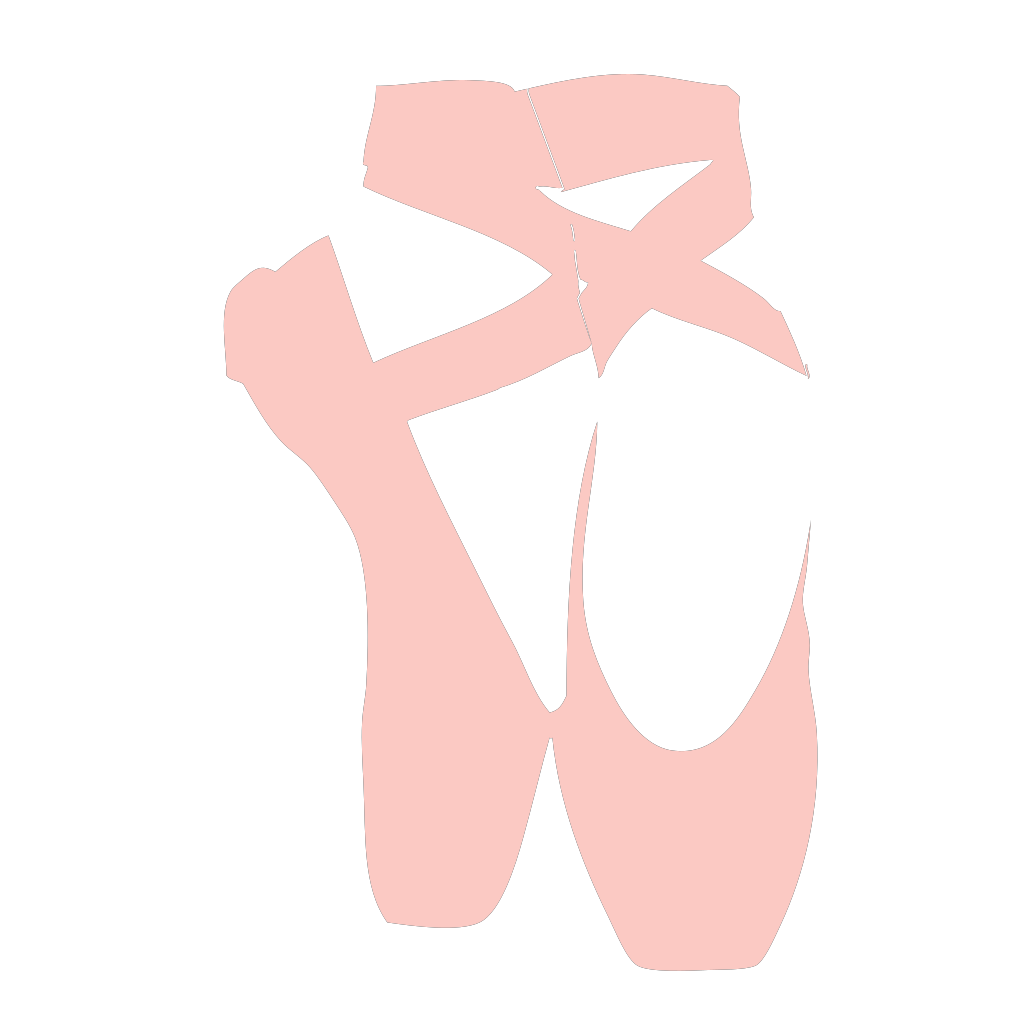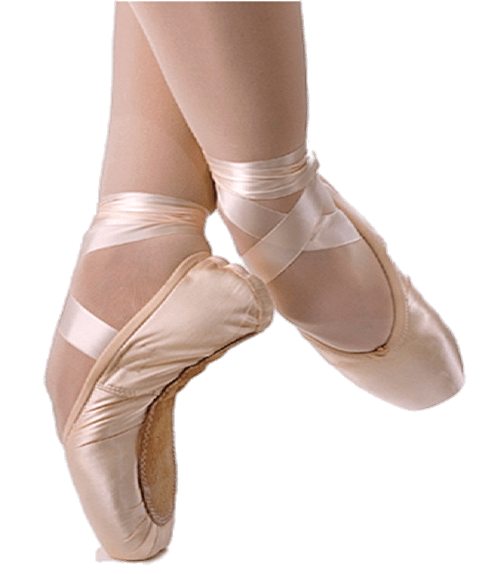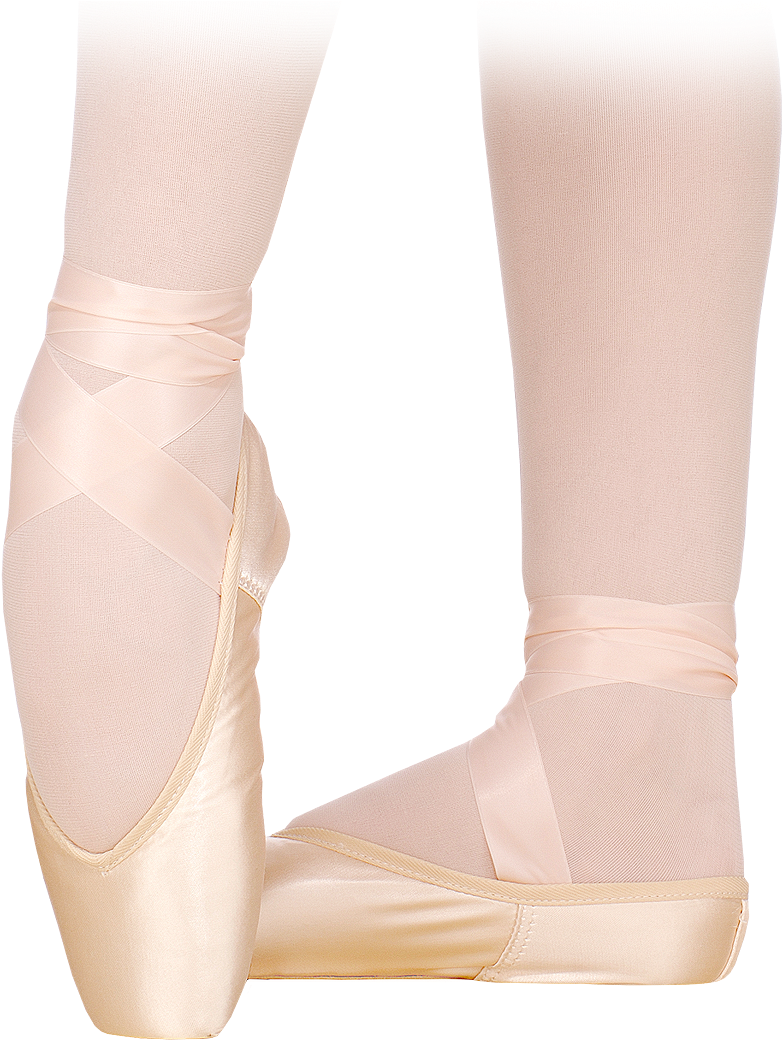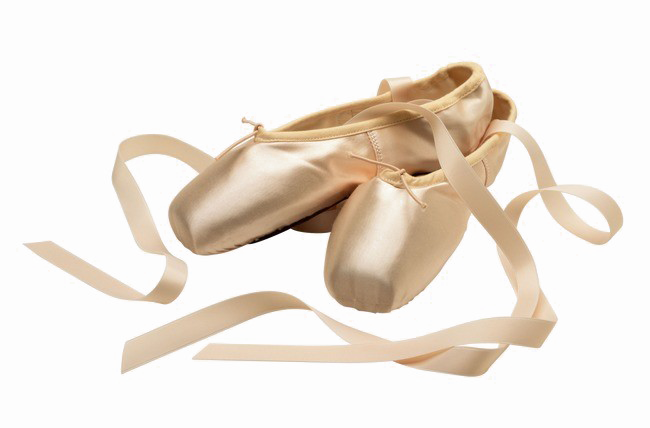Download top and best high-quality free Pointe Shoes PNG Transparent Images backgrounds available in various sizes. To view the full PNG size resolution click on any of the below image thumbnail.
License Info: Creative Commons 4.0 BY-NC
A pointe shoe is a type of ballet shoe used by pointe dancers to execute pointe work. Pointe shoes emerged to allow dancers to dance en pointe (on the tips of their toes) for extended periods of time in response to the need for dancers to seem weightless and sylph-like. They come in a number of hues, the most prevalent of which being light pink tones.
In 1681, twenty years after King Louis XIV of France authorized the establishment of the Académie Royale de Danse, women began to perform ballet. The conventional women’s ballet shoe at the time had heels. Marie Camargo of the Paris Opéra Ballet was the first to use a non-heeled shoe in the mid-eighteenth century, allowing her to accomplish jumps that would have been difficult, if not impossible, in more traditional shoes of the time. Heels were totally removed from regular ballet shoes after the French Revolution. Ribbons held these flat-bottomed forerunners of the contemporary pointe shoe to the feet, while pleats beneath the toes allowed dancers to leap, complete spins, and fully stretch their feet.
In 1796, Charles Didelot invented a device that allowed dancers to stand on their toes for the first time. Dancers were propelled aloft by his “flying contraption,” which allowed them to stand on their toes before leaving the earth. Audiences responded well to this lightness and ethereal nature, and choreographers began to explore for methods to include more pointe technique into their works.
The focus on technical talent intensified as dance moved into the nineteenth century, as did the ambition to dance en pointe without the use of wires. Marie Taglioni’s shoes were little more than modified satin slippers when she first danced La Sylphide en pointe; the bottoms were constructed of leather, and the sides and toes were patched to assist the shoes keep their forms. Dancers would cushion their toes for comfort and rely on the strength of their feet and ankles for stability because the shoes of the time gave little support.
In the late 1800s, Italy saw the introduction of a significantly distinct type of pointe shoe. Pierina Legnani, for example, wore shoes with a strong, flat platform at the front end of the shoe, rather than the older types’ highly pointed toes. These shoes also included a toe box composed of layers of cloth to keep the toes contained, as well as a stiffer, tougher sole. They were made without nails, with the soles hardened just at the toes, making them almost quiet. After a series of works for mending pointe shoes, shoemaker Salvatore Capezio refined the structure of pointe shoes in the 1880s.
The early twentieth-century Russian ballerina Anna Pavlova, who was one of the most famous and influential dancers of her day, is widely credited with the invention of the contemporary pointe shoe. Pavlova’s insteps were exceptionally high and arched, making her prone to injury when dancing en pointe. Her feet were extremely narrow and tapered, putting too much strain on her huge toes. To compensate, she added more support to her shoes by inserting toughened leather bottoms and flattening and hardening the toe region to form a box.
Men have rarely worn pointe shoes in the past, unless for humorous effect. Les Ballets Trockadero de Monte Carlo, as well as figures like Bottom in A Midsummer Night’s Dream and the villainous stepsisters in Cinderella, are examples of this. Men and people of different gender identities have been wearing pointe shoes more recently.
Download Pointe Shoes PNG images transparent gallery.
- Pointe Shoes No Background
Resolution: 701 × 679
Size: 216 KB
Image Format: .png
Download
- Pointe Shoes PNG Clipart
Resolution: 490 × 738
Size: 234 KB
Image Format: .png
Download
- Pointe Shoes PNG Cutout
Resolution: 450 × 540
Size: 260 KB
Image Format: .png
Download
- Pointe Shoes PNG File
Resolution: 513 × 600
Size: 159 KB
Image Format: .png
Download
- Pointe Shoes PNG Free Image
Resolution: 1010 × 980
Size: 515 KB
Image Format: .png
Download
- Pointe Shoes PNG HD Image
Resolution: 3186 × 2638
Size: 9974 KB
Image Format: .png
Download
- Pointe Shoes PNG Image File
Resolution: 920 × 1009
Size: 114 KB
Image Format: .png
Download
- Pointe Shoes PNG Image HD
Resolution: 672 × 1201
Size: 708 KB
Image Format: .png
Download
- Pointe Shoes PNG Image
Resolution: 600 × 600
Size: 161 KB
Image Format: .png
Download
- Pointe Shoes PNG Images HD
Resolution: 763 × 1030
Size: 539 KB
Image Format: .png
Download
- Pointe Shoes PNG Images
Resolution: 2289 × 2289
Size: 1539 KB
Image Format: .png
Download
- Pointe Shoes PNG Photo
Resolution: 600 × 409
Size: 276 KB
Image Format: .png
Download
- Pointe Shoes PNG Photos
Resolution: 630 × 900
Size: 370 KB
Image Format: .png
Download
- Pointe Shoes PNG Pic
Resolution: 500 × 500
Size: 84 KB
Image Format: .png
Download
- Pointe Shoes PNG Picture
Resolution: 541 × 1110
Size: 880 KB
Image Format: .png
Download
- Pointe Shoes PNG
Resolution: 1024 × 1024
Size: 46 KB
Image Format: .png
Download
- Pointe Shoes Transparent
Resolution: 500 × 574
Size: 76 KB
Image Format: .png
Download
- Pointe Shoes
Resolution: 782 × 1040
Size: 1308 KB
Image Format: .png
Download
- Pointe Shoes Background PNG
Resolution: 650 × 428
Size: 186 KB
Image Format: .png
Download
